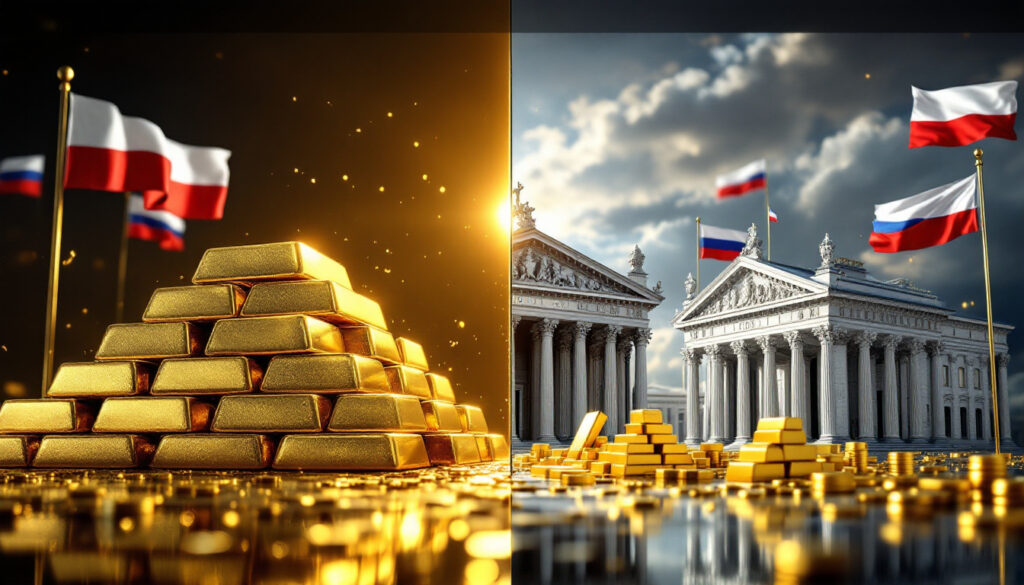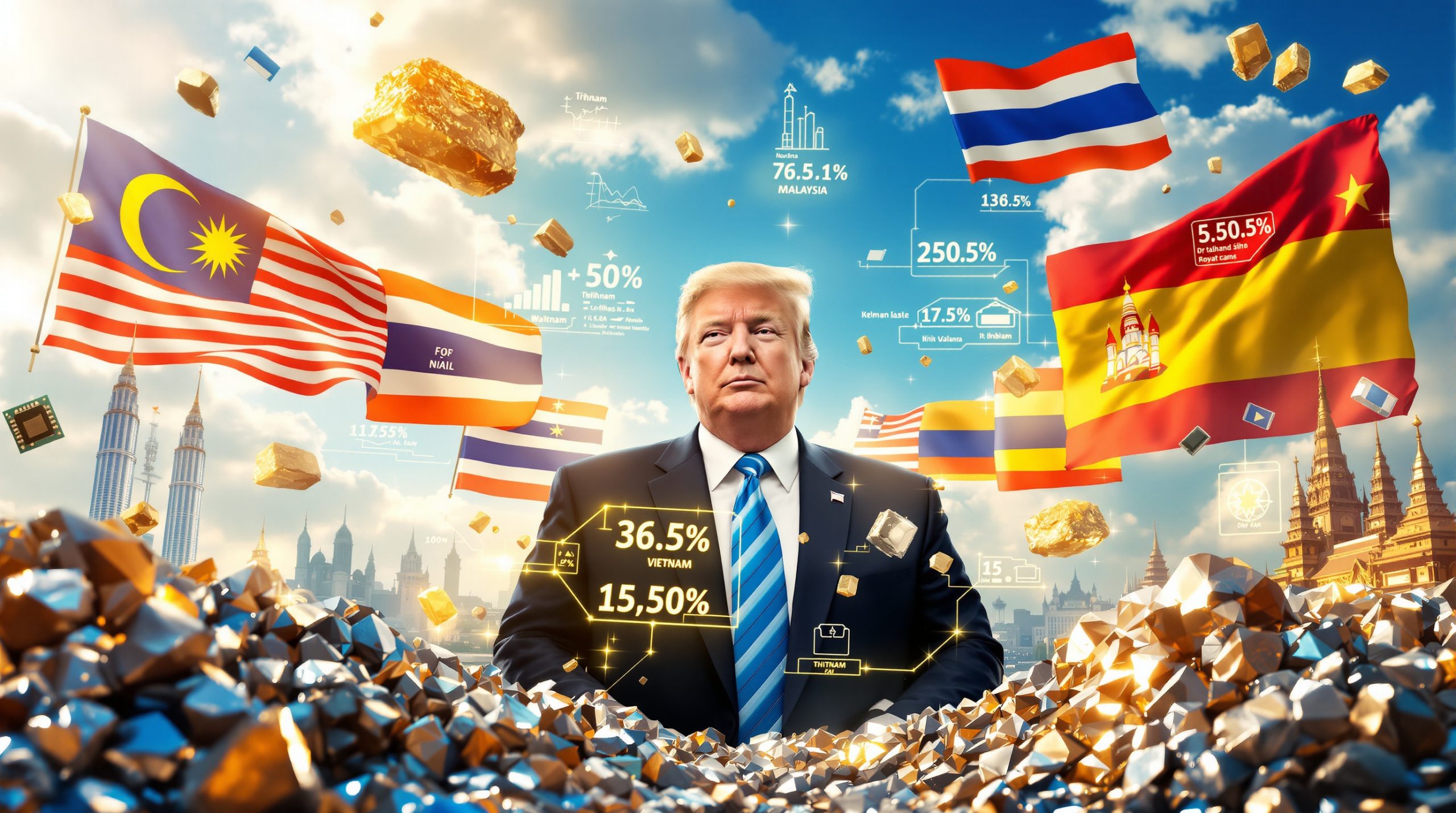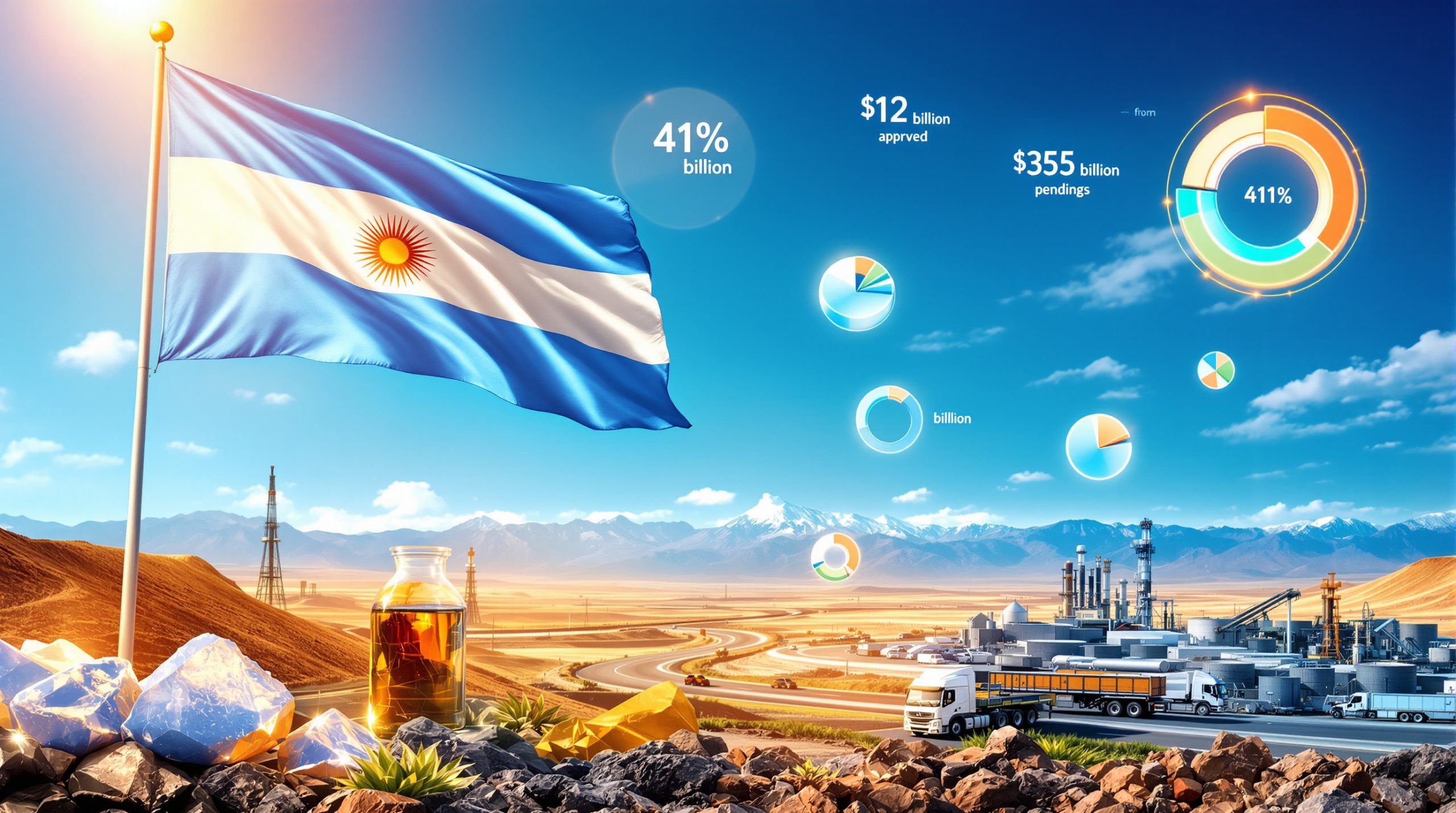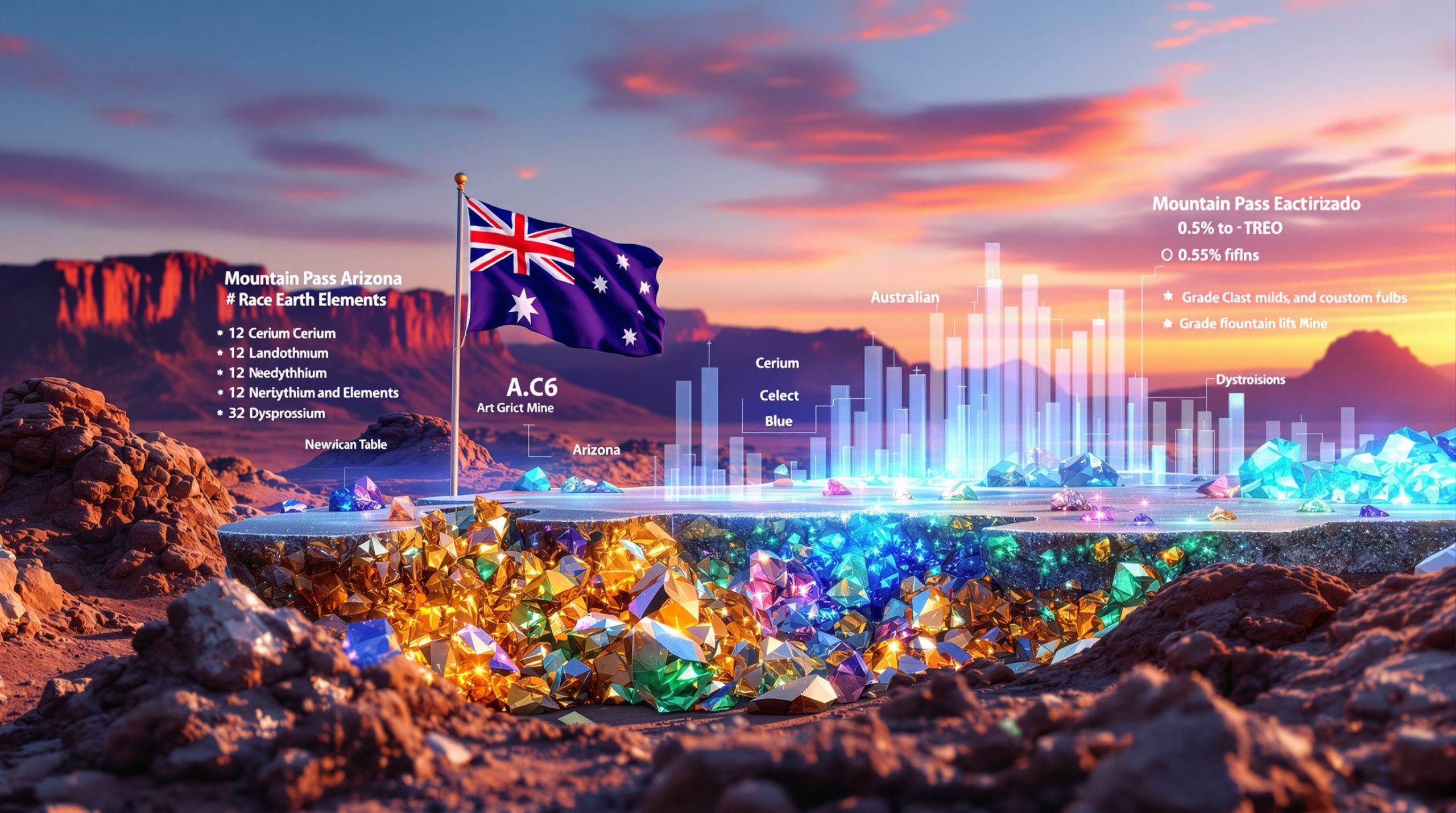What Are the Main Catalysts Driving Gold Prices?
Central Bank Buying as a Major Force
Central banks worldwide have significantly increased their gold purchases in recent years, creating substantial upward pressure on prices. Poland has emerged as the largest buyer in 2023 and Q1 2024, adding over 130 tonnes to their national reserves. This surge in institutional buying stems directly from the 2022 freezing of Russia's foreign exchange reserves—a watershed moment that served as a wake-up call for many nations about the vulnerability of dollar-denominated assets.
"Central banks are recognizing gold's unique role as a counterparty-risk-free asset that cannot be digitally frozen or confiscated through remote actions," notes precious metals analyst Taylor Kenny. "When Russia had approximately $300 billion in foreign reserves effectively neutralized overnight, it fundamentally changed how central banks view their reserve assets."
The World Gold Council reports that central bank gold purchases reached 1,136 tonnes in 2023, the second-highest annual total on record. This remarkable demand has continued into 2024, with Q1 figures showing no signs of slowing despite elevated prices.
Central Bank Insight: Physical gold represents the only major reserve asset that exists outside the digital financial system and cannot be "canceled" by foreign governments—a critical consideration for nations concerned about geopolitical tensions.
The Acceleration Away from the Dollar
The global monetary system is experiencing a fundamental shift as nations gradually reduce their dependence on the US dollar. This transition isn't happening overnight but represents a steady erosion of trust in fiat currencies, particularly the dollar. Gold has surged more than 20% year-to-date (as of May 2024), reflecting this growing momentum as shown in recent all-time highs analysis.
IMF data shows the dollar's share of global reserves has fallen from over 70% in 2000 to approximately 58% today. Meanwhile, central banks have been adding gold at the fastest pace since record-keeping began.
This shift is particularly evident in trade settlements between BRICS nations, where dollar-denominated transactions have decreased by nearly 30% since 2020. Countries including Russia, China, India, and Brazil have established direct currency exchange mechanisms that bypass the dollar entirely.
- Russia now conducts over 90% of its trade with China in either rubles or yuan
- India and Russia have established rupee-ruble trade arrangements for oil purchases
- Saudi Arabia has begun accepting yuan for oil sales to China
Gold as Monetary Insurance
Rather than viewing gold as a short-term trade, investors increasingly see it as wealth protection insurance against systemic risks. This perspective focuses less on day-to-day price fluctuations and more on gold's historical role during monetary transitions and currency crises.
"Gold isn't just another investment—it's insurance for the next monetary system," explains Kenny. "Throughout history, gold has maintained purchasing power through every major currency collapse and monetary transition."
This insurance function becomes particularly relevant when examining the current global debt situation. With global debt-to-GDP ratios at unprecedented levels—exceeding 350% according to the Institute for International Finance—the foundation of the current fiat system faces unprecedented pressures.
For individual investors, allocating even 5-10% of a portfolio to physical gold can provide significant protection against currency debasement, as demonstrated during the 1970s when gold as inflation hedge rose from $35 to over $800 per ounce while paper assets struggled.
Basel III and Regulatory Changes
International banking regulations, particularly Basel III, have elevated gold to a tier-one asset status, indicating a structural shift in how the global financial system values gold. Prior to these regulatory changes, gold was classified as a tier-three asset with a 50% risk weighting, meaning banks could only count 50% of its value as reserve capital.
Under Basel III, implemented fully in 2022, physical gold held by banks is now considered a 100% risk-free asset—equivalent to cash and US Treasury bonds. This regulatory recognition has profound implications:
- Banks are incentivized to hold physical gold rather than "paper gold" derivatives
- Physical gold demand from financial institutions has increased substantially
- The spread between physical gold and paper gold prices has widened
The Bank for International Settlements (BIS), often called "the central bank of central banks," led this reclassification, signaling that the international monetary authorities are preparing for a system where gold plays a more central role.
Why Are Central Banks Accumulating Gold?
Protection Against Asset Freezes
The freezing of Russian assets demonstrated that dollar-denominated reserves can be effectively neutralized during geopolitical conflicts. This vulnerability has prompted a significant reassessment of reserve asset allocation strategies worldwide.
Poland's National Bank provides a telling example. Located on NATO's eastern flank bordering Ukraine and Russia, Poland has increased its gold reserves from 187 tonnes in 2018 to over 360 tonnes today. The National Bank of Poland specifically cited "geopolitical risk management" as a primary motivation.
Similarly, Hungary repatriated all its gold holdings from foreign vaults and increased its reserves tenfold, with the central bank governor explicitly stating: "Gold is a strategic asset that has no counterparty risk and carries confidence-building value in times of normal and especially in times of crisis."
This trend extends beyond Europe. In 2018, Turkey repatriated all 220 tonnes of its gold from the Federal Reserve Bank of New York. These movements reflect a growing concern about having strategic gold investment assets beyond the reach of potential sanctions or freezes.
Preparation for Monetary System Changes
Many analysts believe central banks are quietly preparing for significant changes to the global monetary system. The push to classify gold as a tier-one asset under Basel III reflects this preparation, suggesting banks anticipate a return to a system where gold plays a more fundamental role in international finance.
The International Monetary Fund (IMF) has been discussing potential reforms to the Special Drawing Rights (SDR) system, including proposals to include gold in the basket of currencies that determine SDR values. Currently, the SDR consists of the dollar, euro, yen, pound, and yuan.
"Central banks know something the average investor doesn't," observes Kenny. "When institutions that control the creation of fiat currency are stockpiling gold at record rates, it speaks volumes about what they anticipate for the future of money."
Historical precedent supports this view. Prior to the collapse of the Bretton Woods system in 1971, European central banks (particularly France) accelerated gold purchases and dollar conversions in anticipation of the system's failure.
Rebuilding Trust in the Financial System
The foundation of any monetary system is trust. As confidence in fiat currencies and government promises erodes, central banks are turning to gold—a tangible asset with intrinsic value—to rebuild that trust.
Public opinion surveys reflect this erosion of trust. A 2023 Gallup poll found that only 36% of Americans expressed "a great deal" or "quite a lot" of confidence in the banking system—near historic lows. Similar patterns emerge in Europe, where trust in the European Central Bank has declined significantly since the 2008 financial crisis.
Gold represents a move away from systems based purely on "faith and credit" toward those anchored by physical assets. As former Federal Reserve Chairman Alan Greenspan noted in 2014: "Gold is a currency. It is still, by all evidence, a premier currency. No fiat currency, including the dollar, can match it."
Central banks appear to be acknowledging this reality through their actions rather than their words. Despite public statements supporting fiat systems, their gold purchases tell a different story about their long-term confidence in unbacked currencies.
How Does Silver Compare to Gold in Current Markets?
Silver's Dual Nature: Monetary and Industrial
Silver's recent price volatility, including its drop below $30 after nearly reaching $35, highlights its dual role as both a monetary metal and an industrial commodity. This creates a more complex price dynamic than gold, which functions primarily as a monetary metal and store of value.
Silver's industrial demand accounts for approximately 60% of annual consumption, compared to less than 10% for gold. Major industrial applications include:
- Electronics and electrical components (27%)
- Photovoltaic/solar panels (25%)
- Photography (4%)
- Medical applications and biocides (3%)
- Other industrial uses (24%)
This industrial component means silver prices often correlate with economic growth forecasts, especially in manufacturing and technology sectors. When concerns about global trade disruptions arise, silver can initially sell off despite its monetary characteristics.
"Silver behaves like a leveraged version of gold during monetary crises, but can temporarily diverge during industrial demand shocks," explains precious metals strategist David Morgan. "This creates both opportunities and volatility."
The Silver Institute reports that industrial demand reached an all-time high of 632 million ounces in 2023, driven primarily by photovoltaic applications, which have grown at a compound annual rate of 15% since 2020.
Industrial Demand Factors
Silver's industrial applications in electronics, solar panels, and other technologies make it more sensitive to economic growth forecasts and trade disruptions. Recent tariff announcements and trade tensions between major economies have temporarily emphasized silver's industrial characteristics over its monetary properties.
The photovoltaic sector deserves special attention. Global solar capacity installations increased by 56% in 2023 alone, with China accounting for nearly 60% of all installations. Each gigawatt of solar capacity requires approximately 80,000 ounces of silver, making this sector increasingly dominant in silver demand.
Semiconductor manufacturing—essential for everything from consumer electronics to artificial intelligence—consumes approximately 7% of industrial silver. The metal's unmatched electrical conductivity makes it irreplaceable in high-performance applications.
Trade tensions impact silver through several channels:
- Tariffs on Chinese solar panels affect the largest segment of industrial silver demand
- Semiconductor export restrictions disrupt another key demand source
- Manufacturing slowdowns reduce short-term silver consumption
- Supply chain disruptions can impact both mining and refining operations
These industrial factors explain why silver initially sold off in early 2024 when new tariff announcements surfaced, despite gold continuing its upward trend according to the latest gold price forecast.
The Gold-to-Silver Ratio
Throughout history, during currency resets and monetary system changes, the gold-to-silver ratio typically narrows. Currently, this ratio remains historically wide, suggesting significant potential upside for silver if historical patterns repeat during the ongoing monetary transition.
The gold-to-silver ratio insights express how many ounces of silver it takes to purchase one ounce of gold. Historical context provides valuable perspective:
- Historical geological ratio in the earth's crust: approximately 17:1
- Traditional monetary ratio (19th century standards): 15:1 to 16:1
- Average ratio during the 20th century: approximately 47:1
- Current ratio (May 2024): approximately 80:1
- Ratio during 2011 silver peak: 30:1
- All-time high ratio (March 2020 market crisis): 125:1
During periods of monetary stress or currency devaluation, the ratio tends to compress significantly. In January 1980, at the peak of the last great precious metals bull market, the ratio reached nearly 16:1.
"The current wide ratio represents stored energy," notes Kenny. "When silver fully awakens to its monetary role, the snapback in this ratio could be dramatic."
Potential for Triple-Digit Silver Prices
When adjusted for inflation, silver's 2011 high of nearly $50 would translate to triple-digit prices today. According to the Bureau of Labor Statistics inflation calculator, $50 in 2011 equals approximately $69 in 2024 dollars. However, many analysts argue that official inflation statistics significantly understate actual price increases.
Using alternative measures like the 1980 CPI methodology (maintained by economist John Williams at ShadowStats), the inflation-adjusted equivalent would exceed $120 per ounce.
Historical precedent supports the possibility of such moves. During the 1970s monetary crisis, silver rose from $1.50 to $50—a 33-fold increase. A similar percentage move from recent lows would indeed put silver well into triple digits.
Potential catalysts for such a move include:
- A formal dollar devaluation (similar to 1934 or 1971)
- Recognition of silver's industrial criticality through strategic metal classification
- Major supply disruptions in key producing countries (Mexico, Peru, China)
- Widespread monetary demand as inflation protection becomes mainstream
The industrial demand floor provides fundamental support that gold lacks, potentially limiting downside risk while maintaining similar upside potential during monetary events.
What Impact Do Politics and Geopolitics Have on Precious Metals?
The Weaponization of Financial Systems
Recent political developments in countries like Canada and Australia have demonstrated how governments can restrict access to financial systems during periods of social tension. These incidents have highlighted the vulnerability of purely digital assets and strengthened the case for holding physical precious metals outside the banking system.
In February 2022, the Canadian government invoked the Emergencies Act to freeze bank accounts associated with protest movements without court orders. Over 210 financial accounts holding approximately $8 million were frozen. Even uninvolved citizens who made small donations to legal protest funds found themselves temporarily unable to access their money.
Similar financial restrictions occurred in Australia during COVID-19 lockdown protests, when several participants had banking services restricted without judicial process.
These events underscore a critical vulnerability: in digital financial systems, access permission can be revoked instantly, often without immediate legal recourse. Physical gold and silver, when held outside banking channels, remain immune to such remote restrictions.
Banking expert Simon Black notes: "Throughout history, capital controls and asset freezes typically occur with little or no warning. By the time such measures are announced, it's already too late to protect financial assets."
Resource-Rich Nations and Climate Policies
Resource-rich countries implementing aggressive climate policies (such as Australia's goal of 87% renewable energy by 2030) may face economic challenges that could lead to currency instability. These transitions create potential pressure points in the global economic system that could benefit the gold and silver markets.
Australia presents a particularly interesting case study. As the world's second-largest gold producer and a major exporter of coal, natural gas, and other commodities, Australia faces conflicting economic pressures:
- Its ambitious climate targets require phasing out its most profitable export sectors
- The renewable transition requires massive capital investment
- Electricity prices have already increased significantly during initial transition phases
- Export revenue may decline before alternative industries can compensate
Similar dynamics are playing out in Canada, where climate targets potentially conflict with oil sands development and traditional energy exports. These policy-driven economic transformations can create currency pressures that drive domestic investors toward precious metals.
The European experience provides a preview. Germany's Energiewende (energy transition) has coincided with periods of currency weakness and has prompted increased gold buying among German citizens, who now rank among the world's largest per capita gold holders.
The Push Toward Cashless Societies
Several nations are actively moving toward cashless economic systems, raising questions about financial privacy and freedom. Physical gold and silver offer alternatives outside digitally controlled financial networks, making them increasingly attractive as governments expand surveillance capabilities.
Sweden leads this trend, with cash representing less than 1% of all transactions. The Riksbank (Sweden's central bank) projects the country will be effectively cashless by 2025. Australia has similar ambitions, with some banks already eliminating cash services at certain branches.
The implications for financial privacy are significant. In fully digital systems:
- All transactions can be monitored in real-time
- Spending patterns can be analyzed using AI algorithms
- Financial access can be restricted based on social or political factors
- Negative interest rates can be imposed without cash alternatives
These developments have driven increased interest in privacy-preserving assets. While cryptocurrencies initially attracted such interest, their traceability and vulnerability to regulatory action have highlighted gold and silver's advantages as truly private, physical assets.
"The more digital our financial system becomes, the more valuable analog assets like physical gold and silver become as complementary holdings," observes privacy advocate and attorney Marta Belcher.
How Is the US-China Trade War Affecting Precious Metals?
Regional Cooperation to Circumvent Tariffs
China, Japan, South Korea, and other Southeast Asian nations are developing cooperative frameworks to mitigate the impact of US tariffs. The Regional Comprehensive Economic Partnership (RCEP), which took effect in 2022, creates the world's largest trading bloc, covering nearly one-third of global GDP.
This regional collaboration represents a significant shift in trade patterns that could accelerate de-dollarization trends. Key developments include:
- Establishment of direct currency swap lines between central banks
- Creation of alternative payment mechanisms that bypass SWIFT
- Development of regional commodity exchanges denominated in local currencies
- Increased trade settlement in yuan, yen, and other regional currencies
The Nikkei Asian Review reports that yuan-denominated trade between China and ASEAN countries increased by over 40% in 2023 alone. Meanwhile, gold trade through the Shanghai Gold Exchange has grown exponentially, with direct gold-for-oil exchanges increasingly common.
These regional arrangements create natural support for gold prices, as countries accumulate the metal to facilitate trade and maintain reserves outside the dollar system.
Diminishing US Dollar Influence
The trade tensions reflect a broader reality: the dollar and United States no longer command the unquestioned economic authority they once did. Nations have been preparing for reduced dollar dependence for years, and current trade disputes are accelerating this transition.
SWIFT data shows the dollar's
Want to Stay Ahead of Major ASX Mineral Discoveries?
Leverage Discovery Alert's proprietary Discovery IQ model for real-time notifications when significant mineral discoveries are announced on the ASX, giving you the market edge to act before the broader market recognises the opportunity. Explore how historic discoveries have generated substantial returns by visiting the dedicated discoveries page and begin your 30-day free trial today.




